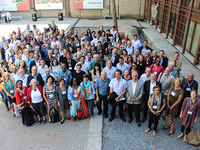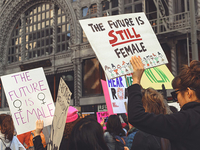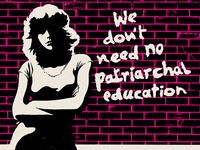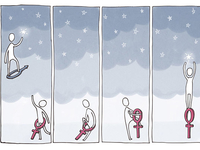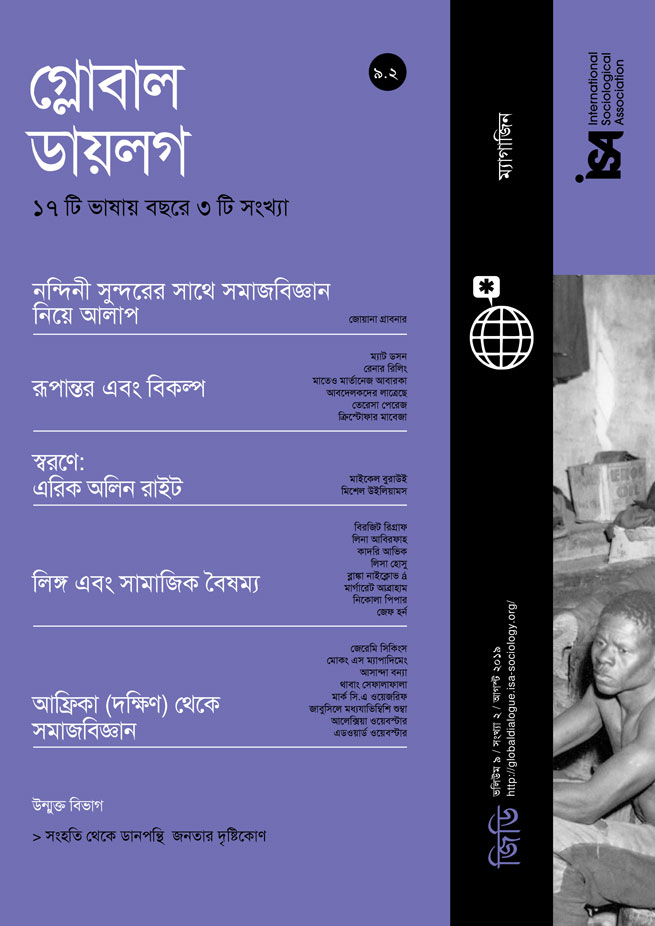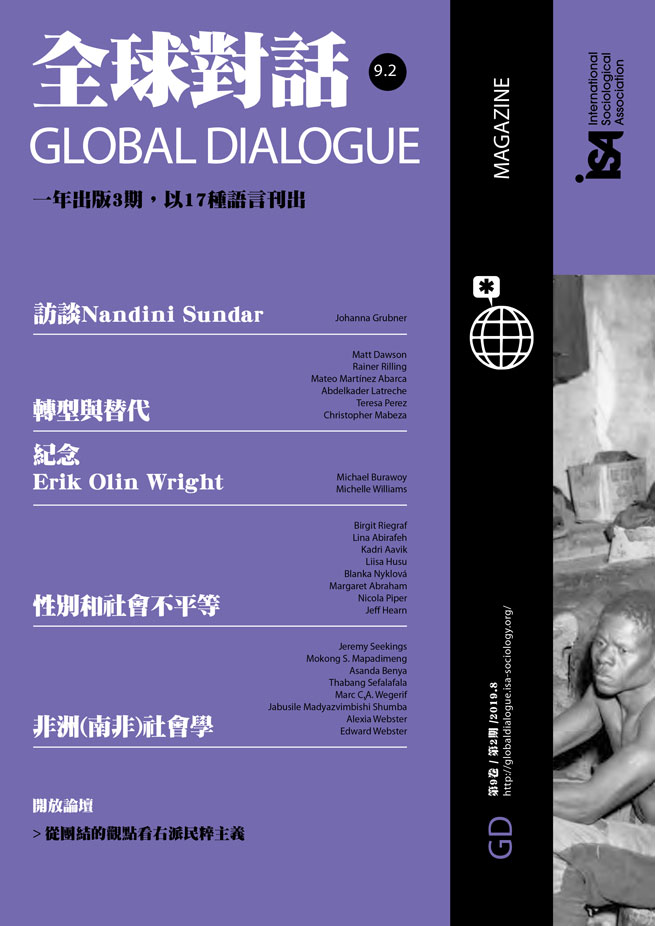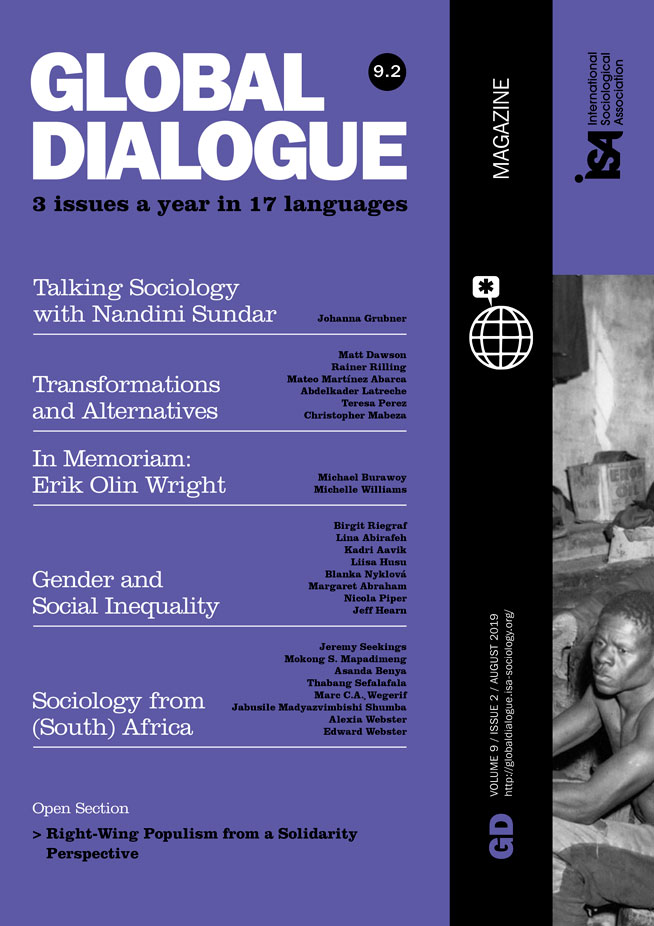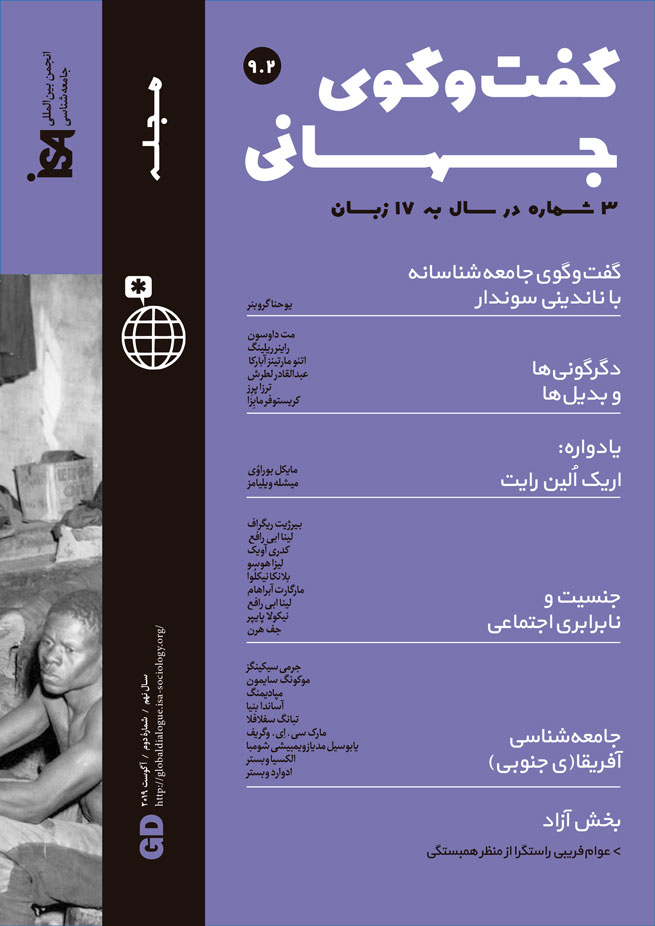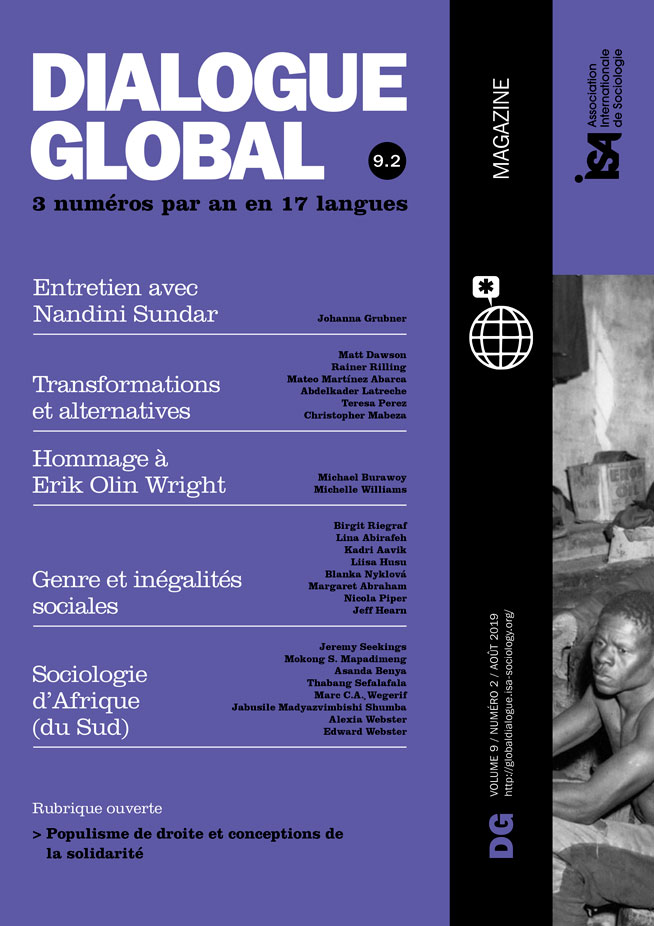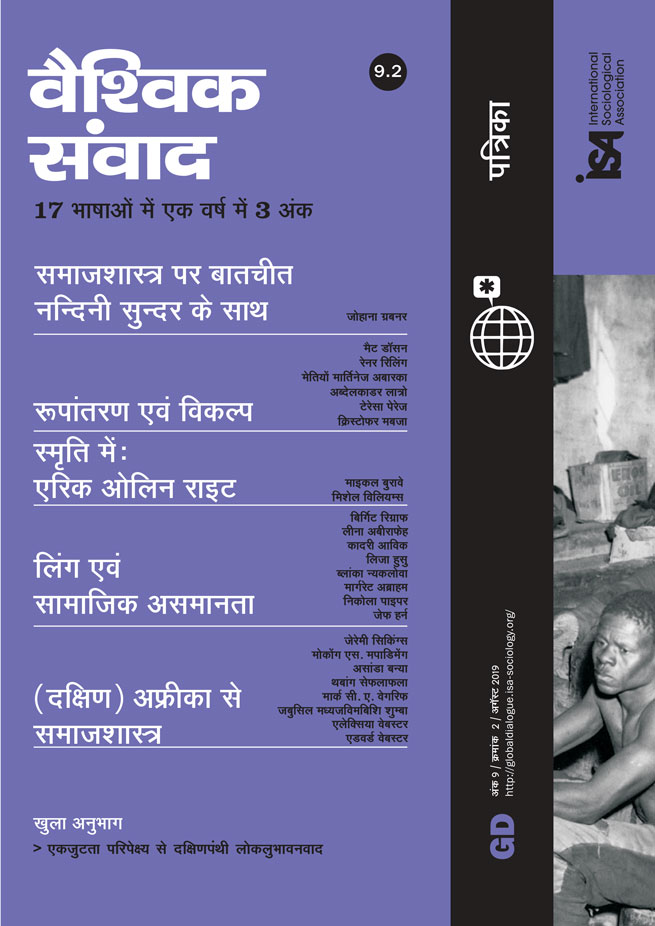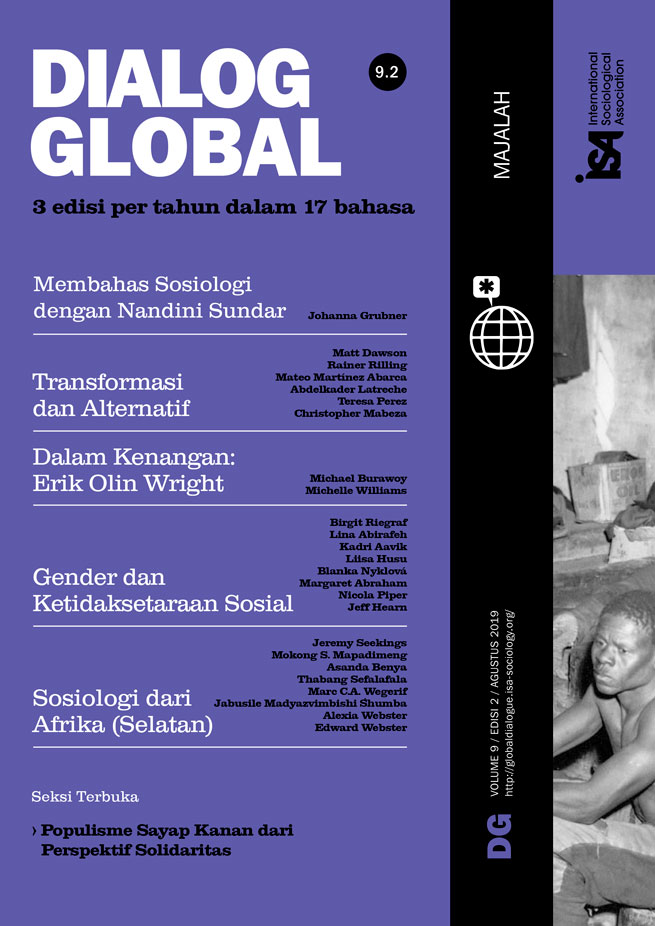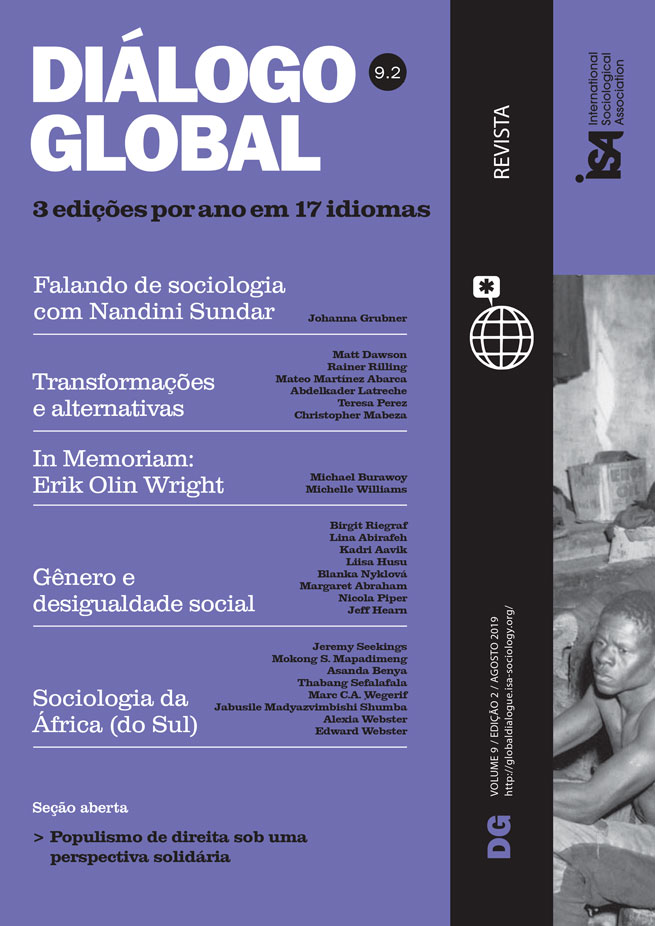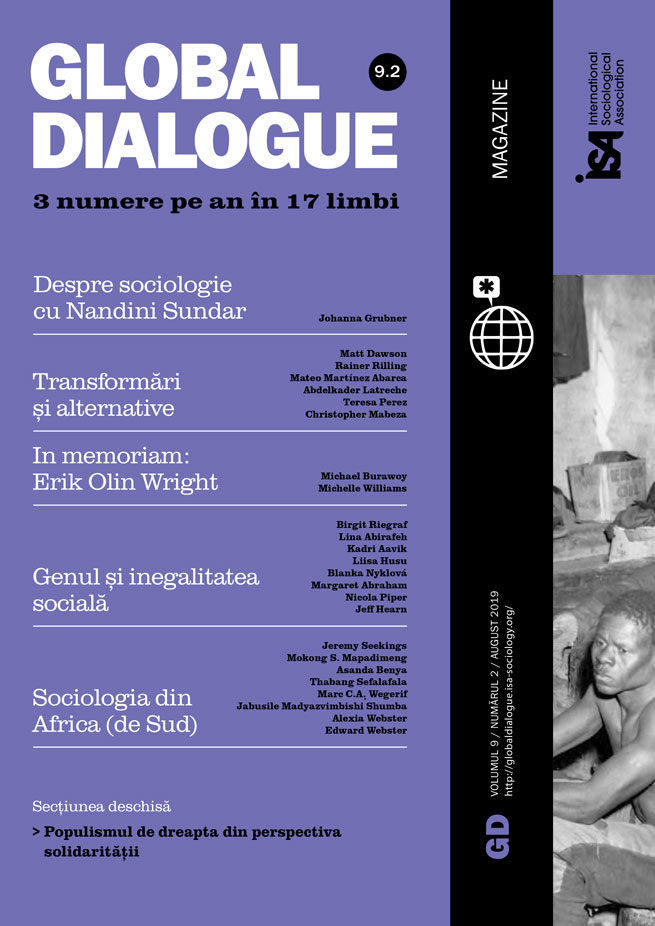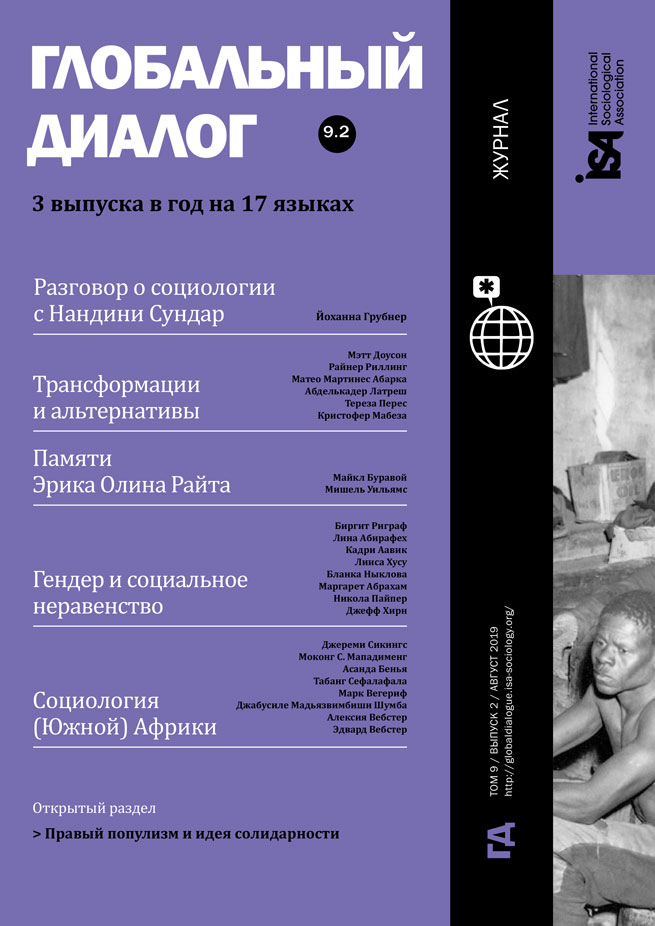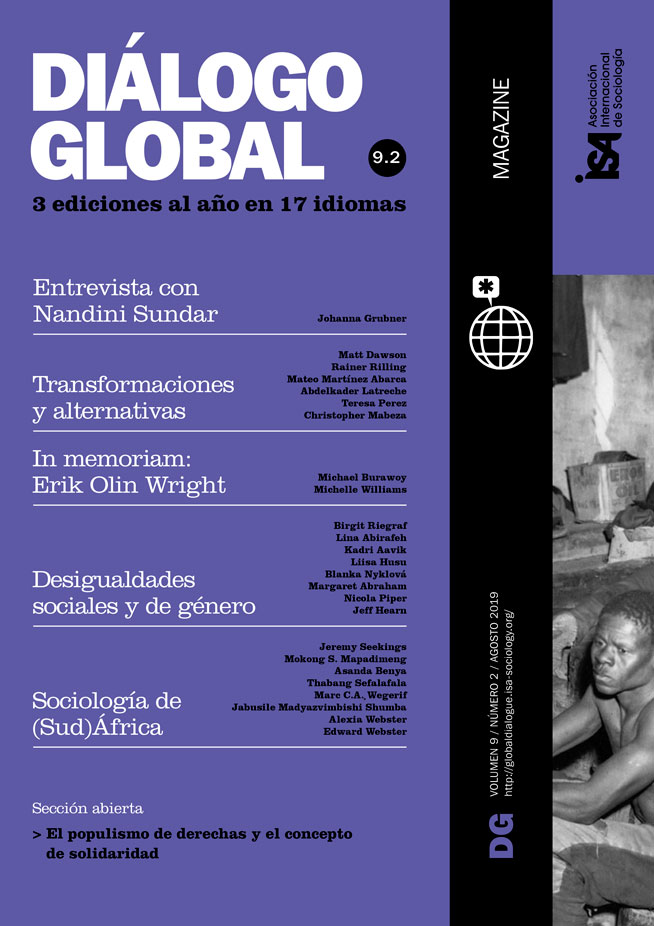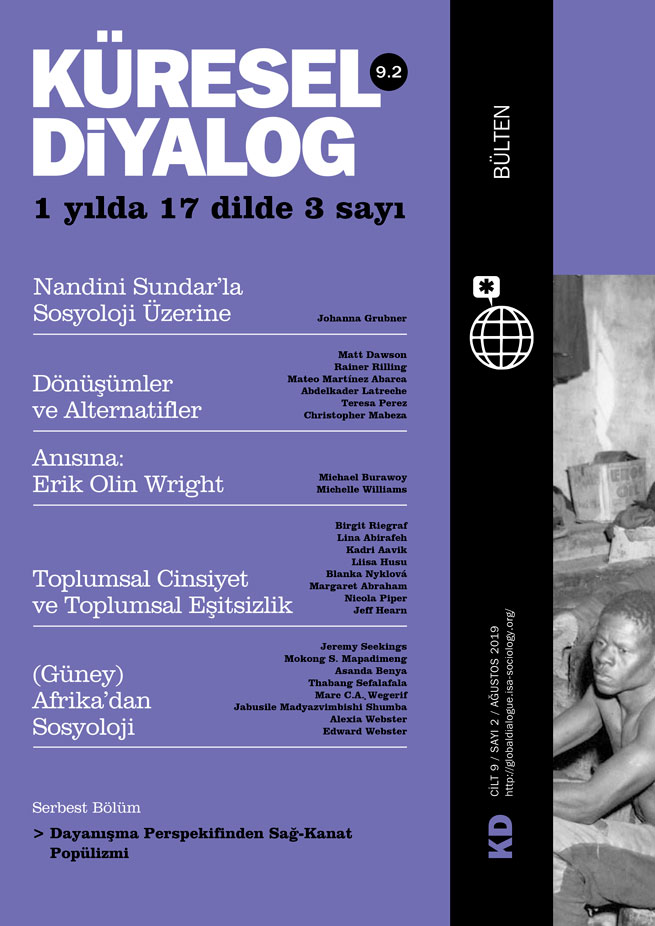Gender inequality in academia and research careers is a persistent and global concern. Only a third of researchers are women, globally and in Europe. The entrenched pattern that the higher the position, the fewer the women, persists. This is despite great advances women have made in higher education across the world. An overwhelming majority of professors are male, and the pace of change towards a more gender-balanced professoriate is very slow, as indicated by recent European and Nordic statistics.
Is research funding gender-neutral?
Access to research funding is one key issue in career advancement in academia and research, both for women and men. In most countries, this means success in the search for external research funding, often obtained through hard competition. Research on the gender dynamics of research funding has not demonstrated a systematically lower funding success rate for women in all funding contexts, but rather painted a more complex picture, with several gender challenges. These have to do with individual researchers, research groups and universities, funding organizations, research content, and research policies. These challenges can be related to funding allocation, funding gatekeepers, peer review, funding organizations, their management, policies and practices, and the very definition of what and who is excellent, as well as who defines excellence. Recent and ongoing research on gender and research funding has highlighted the need to look critically at the whole research funding cycle and funding environments in a broader and more comprehensive way.
A broader understanding of gender dynamics in research funding comprises the whole funding cycle, analyzing potential gendered patterns in: application behavior (who applies), applicant pool (who is eligible to apply), research group composition, funding instruments, the call texts, guidelines for applicants, eligibility criteria (age or position), assessment criteria, assessment procedures, potential biases in evaluation, recruitment of peer reviewers, peer review process, success rates, amount of funding applied and allocated, research content, funders’ policy statements in general and related to gender equality, overall transparency of the funding systems, monitoring and availability of statistics by gender, and long-term career impacts of obtained funding.
Of special interest are the so-called excellence-marked funding instruments: centers of excellence, different excellence initiatives, distinguished professorships, and the like. Several recent empirical studies and monitoring have shown that these excellence initiatives have frequently benefited more male than female researchers, even in countries with high overall levels of gender equality, such as Sweden.
Formal and informal academic networking plays an important role in the pursuit for funding. Research funding in many fields is increasingly a group rather than an individual endeavor. Research on gendered patterns of academic networking and integration into research environments is highly relevant in this respect.
The European experience
Research funding is one of the key issues in national and regional research policies. At the EU level, and in national policies in some European countries, the issue of gender in research funding has been raised since the late 1990s-early 2000s as a policy concern. European Union research funding has been organized as “framework programs” since the mid-1980s. The first European framework programs notably lacked social science aspects, except in an assisting role for technology, and were silent on gender. Only from the fourth framework program (1994-1998) was funding for social science research included, and gender issues started to be raised on the agenda. A gradual broadening has taken place since the late 1990s, from initially addressing “women in science,” to interrogating gender in science, including gender dimensions in the research content, in addition to the more traditional focus on gender balance of researchers and research groups as well as decision makers and evaluators. In the European Research Area (ERA), gender equality is one of the five priorities. This refers to three issues: gender balance in research teams, gender balance among evaluators, and gender dimension in the research content.
Part of the European policy work was the first systematic review in 2009 on gender and research funding in 33 countries. It found a great variation across Europe in how gender issues were addressed by national research policies and national funding agencies, ranging from “relative inactivity” and hardly any monitoring of national research funding by gender in many countries, to various proactive measures, monitoring, and active engagement to promote gender equality in the national funding system, in a few countries, including the Nordic region.
The flagship of European research, the European Research Council (ERC), was established in 2007 to fund excellent bottom-up research of early career, mid-career, and advanced researchers in any discipline and in any country, with a budget of €13.1 billion for 2014-2020. However, despite gender concerns in EU research policy, the ERC initially lacked gender equality among its governance principles. When the ERC finally started to monitor its funding allocation by gender, the results showed that in 2007-2013, men’s success rate was 30% and women’s 25% at the starting grant level, while for advanced grants it was 15% for men and 13% for women. Only in one field there was no gender difference at the starting grant level: the physical and engineering sciences, a very male-dominated research area. Clear differences in success rates in favor of men were found in fields with traditionally many women, such as life sciences, and human and social sciences.
Political will or lack of it plays an important role in how public funding organizations prioritize gender equality and address gender challenges in research funding. For example, the Nordic societies are highly ranked in international gender equality comparisons, but also in global innovation indexes. Gender equality is high on the research policy agenda, especially in Norway and Sweden. In Sweden, public research funding organizations, such as the Swedish Research Council and the national innovation agency Vinnova, all have governmental directives to gender mainstream their activities. In monitoring development, the Swedish research funders use not only statistics but also qualitative social science tools such as gender observers in the funding committee meetings.
Gender balance in public research funding boards has been a realized policy goal since the early 2000s in Finland, Norway, and Sweden, whereas in many European countries the boards continue to be male-dominated. Gender balance in the funding boards is not only an issue of equal representation and justice; equal representation in these gatekeeping positions is also important because it provides inside knowledge into how the funding system works and boosts scientific networking of those involved.
Liisa Husu, Hanken School of Economics, Finland, and Örebro University, Sweden, and board member of ISA Research Committee on Sociology of Science and Technology (RC23), and member of ISA Research Committee on Women, Gender and Society (RC32) <liisa.husu@oru.se>
